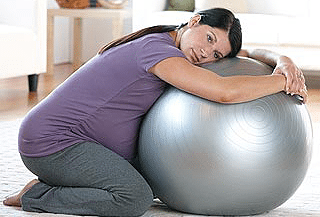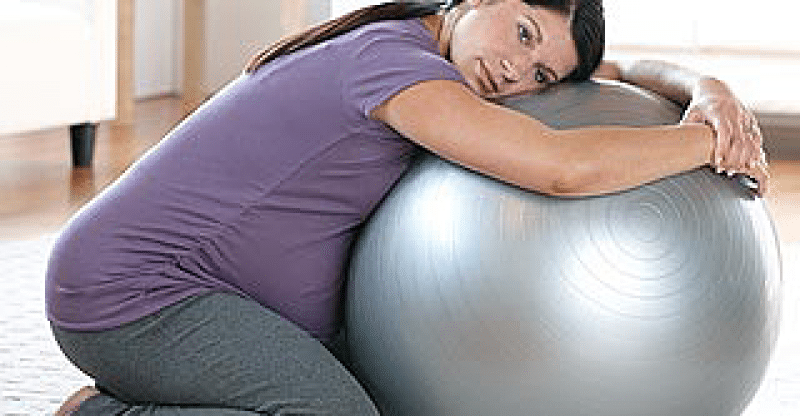Labor and Delivery

The First Stage- Phase One
Early Labor (or Latent Phase)
You may experience lower back pain, chills, leg cramps, lower abdominal cramping, nausea, a warm abdominal sensation or diarrhea. You may also experience leaking of fluid at this time (a big gush or a little trickle), although it’s more common for your water to break a little later on, or have to be broken by your doctor or midwife if it doesn’t break on it’s own. This is the bag of amniotic fluid that surrounds your baby.
Mucous Plus Expulsion
You may have a thick, bloody, mucous-like discharge, as your cervix begins to open and thin out. This is often called, “bloody show” or “losing your mucus plug”. This barrier blocks the opening to your cervix throughout pregnancy, to prevent bacteria from entering.
Labor and Emotions
Emotionally, in labor and delivery, you may be feeling excited, anxious and even scared. You may be more energetic and talkative, as well as relieved that your baby is finally on his or her way; the moment you have been waiting for so long. At this point, you may also be nervous about the upcoming phase of active labor. Physically, you may not be too uncomfortable during this phase, but you may need to keep your mind occupied and distracted.
Even though you may feel increased energy now, it’s best to take it easy, rest and not overdo it. You can add last minute items to your labor bag or walk around, if you’d like, which may help make labor quicker in the long run (because gravity helps!) At this point, you’ll probably still be at home, unless your water has broke, so you could grab the remote, watch a movie and have a light healthy snack (one that can be easily digested), if you wish. Water, juice or clear liquids are very important to keep you hydrated, so make sure you are drinking plenty. A warm bath or shower may be just what you need to relax and feel more comfortable (as long as your water hasn’t broke).
Labor and Delivery Relaxation Techniques
At this stage of labor and delivery, you may be a good time to start using your relaxation techniques, such as slow, deep breathing while listening to relaxing music, especially if you find yourself getting stressed. Your husband (or support person) can give you a gentle massage and also start timing your contractions. Contractions are timed from the beginning of one to the beginning of the next. If it’s in the middle of the night, you may want to try and sleep some more if you can, since you’ll need to be well-rested for the next phase. Don’t forget to give your doctor or midwife a call.
–Stages of Labor
–Signs of Labor
–Preterm Labor
–Preterm Complications
–Preterm Labor Causes
–Preterm Prevention and Treatment
–First Stage: Phase I
–First Stage: Phase II
–First Stage: Phase III
–Second Stage
–Third Stage
–Induction of Labor
–Induction of Labor Procedures
–Labor Induction Risks
–Do It Yourself Labor Induction

